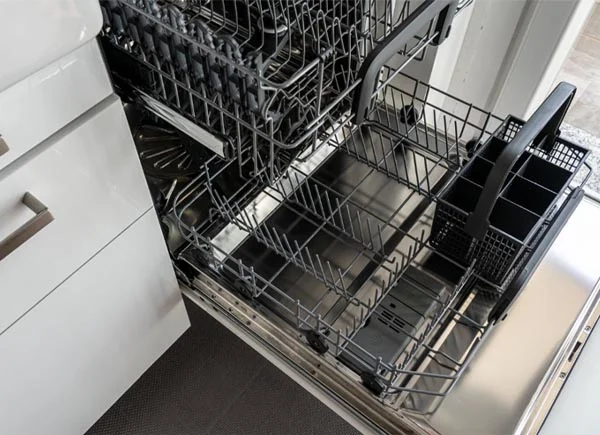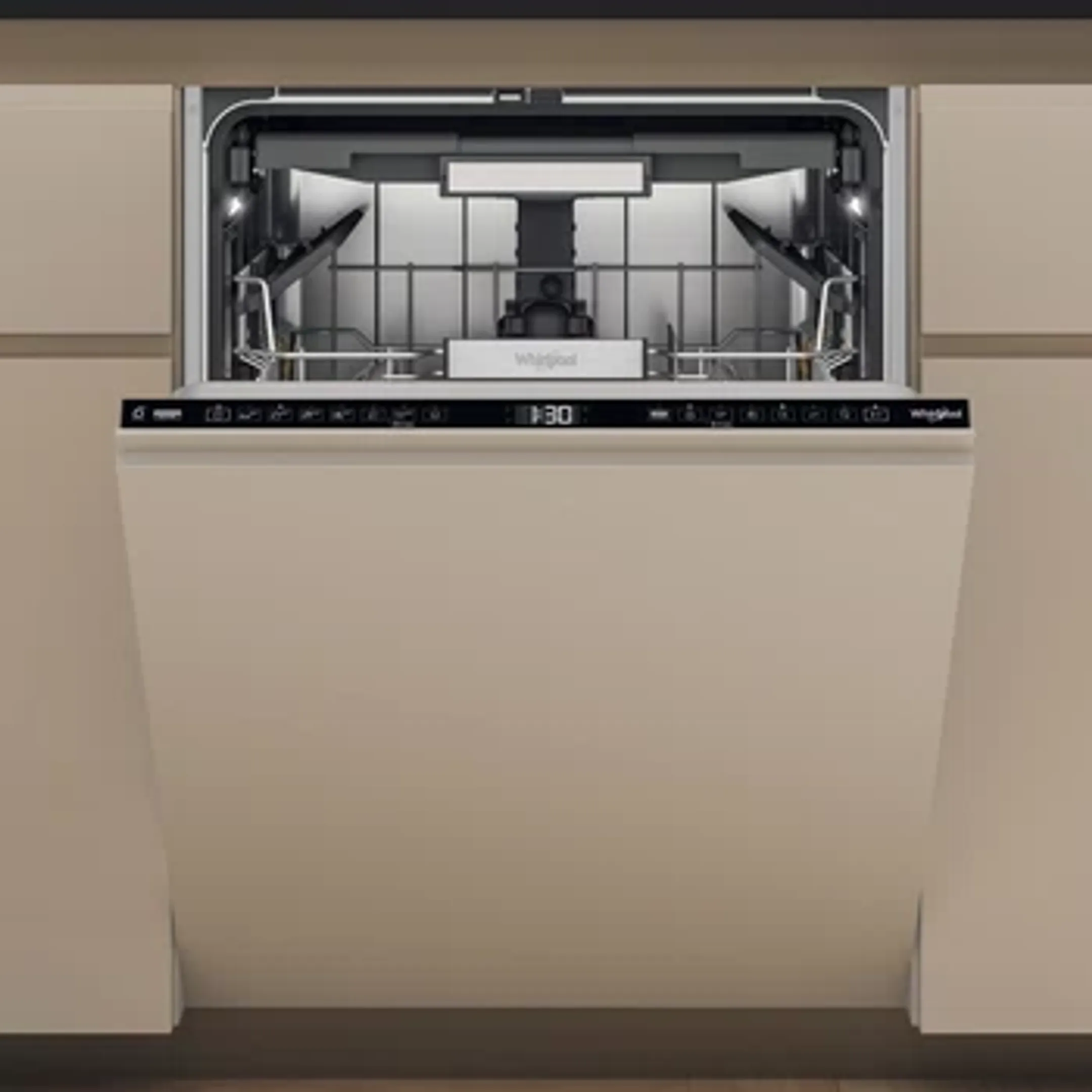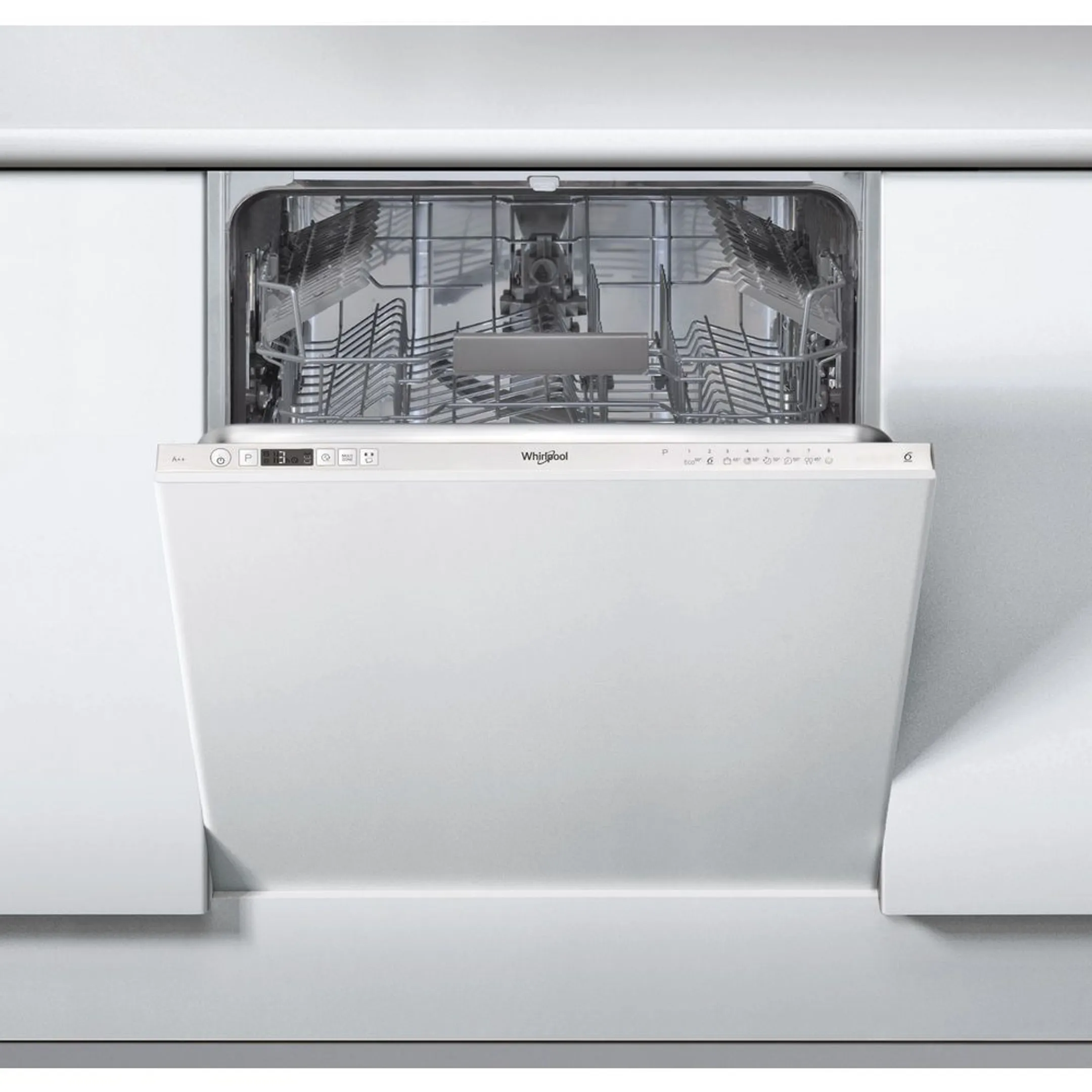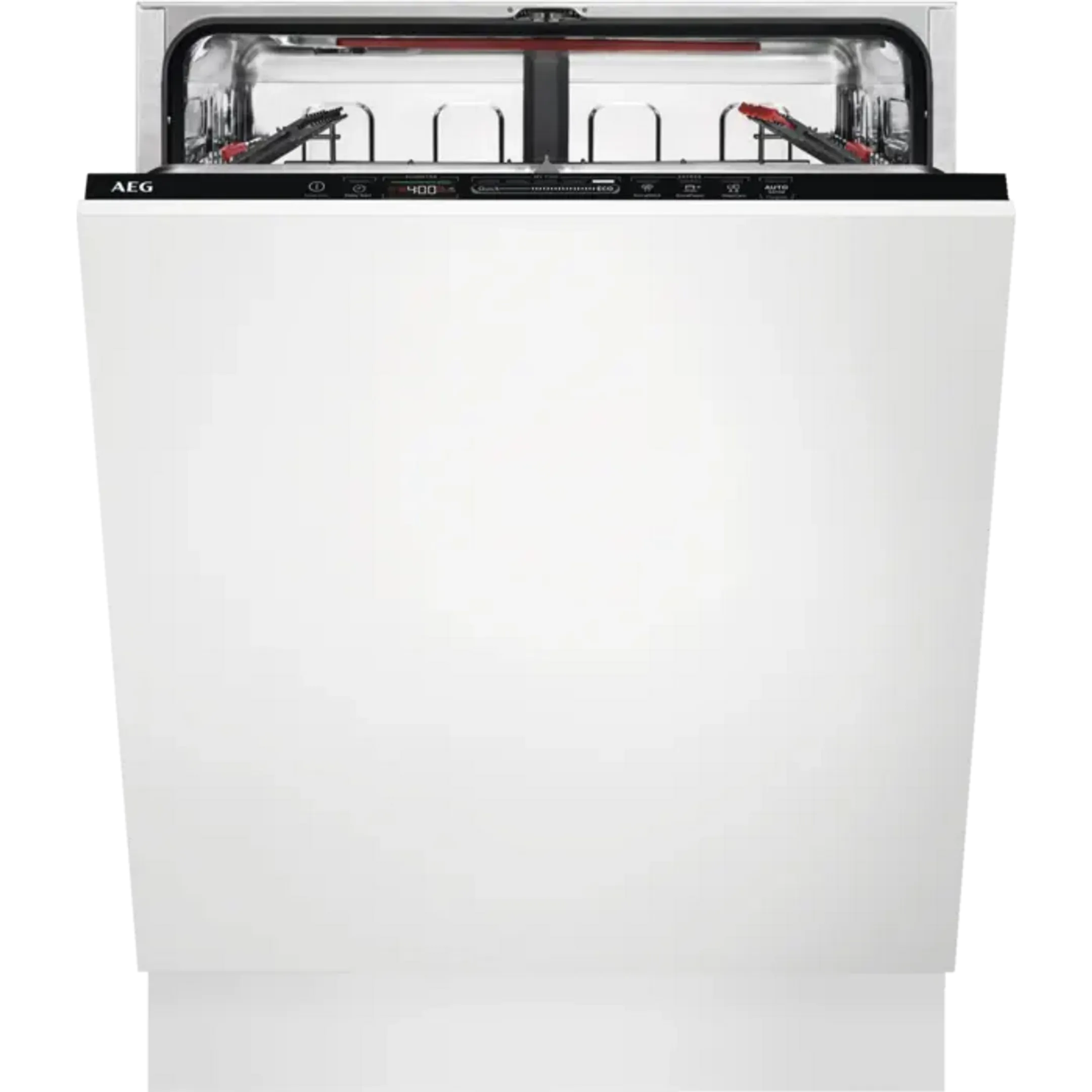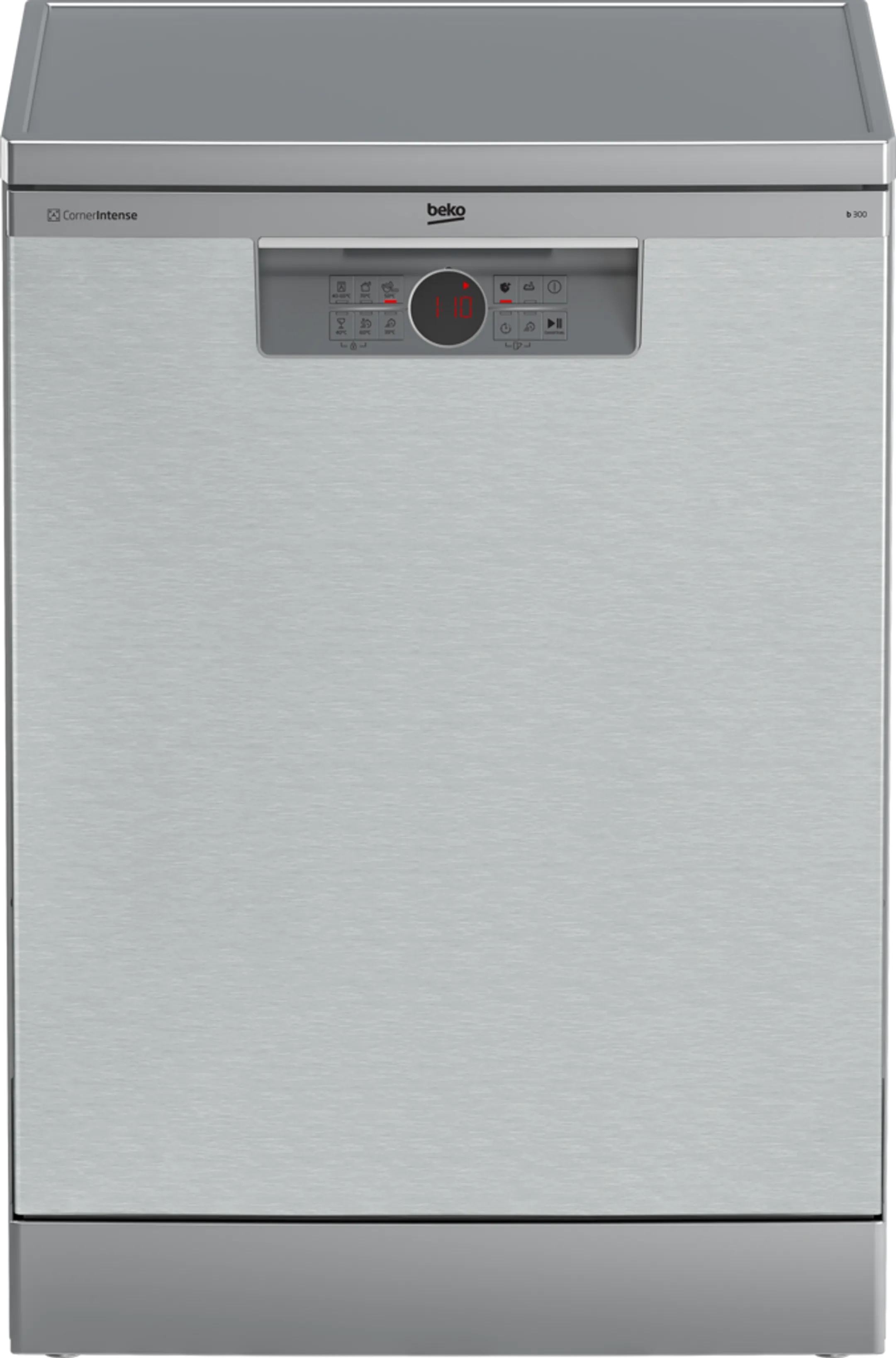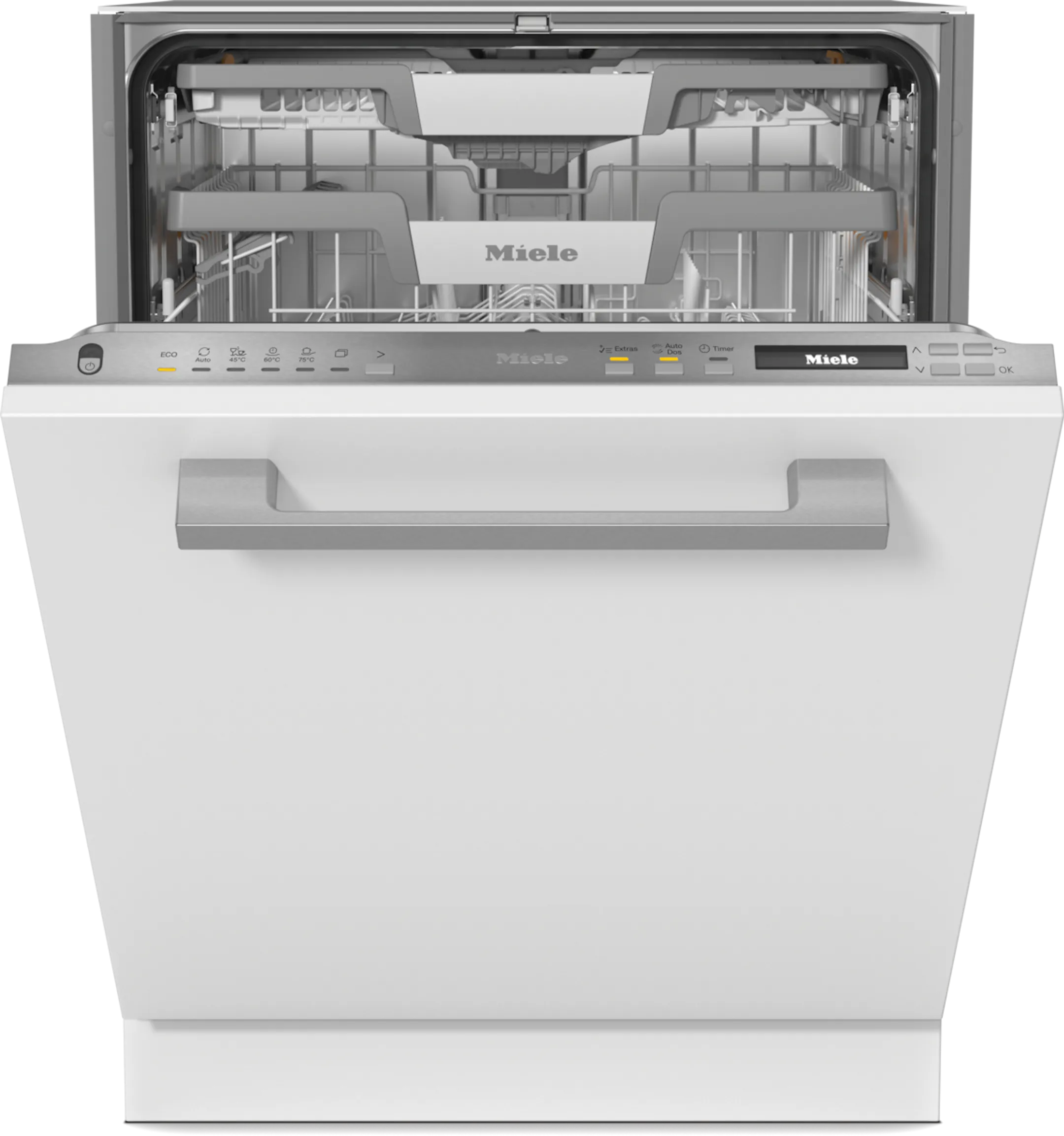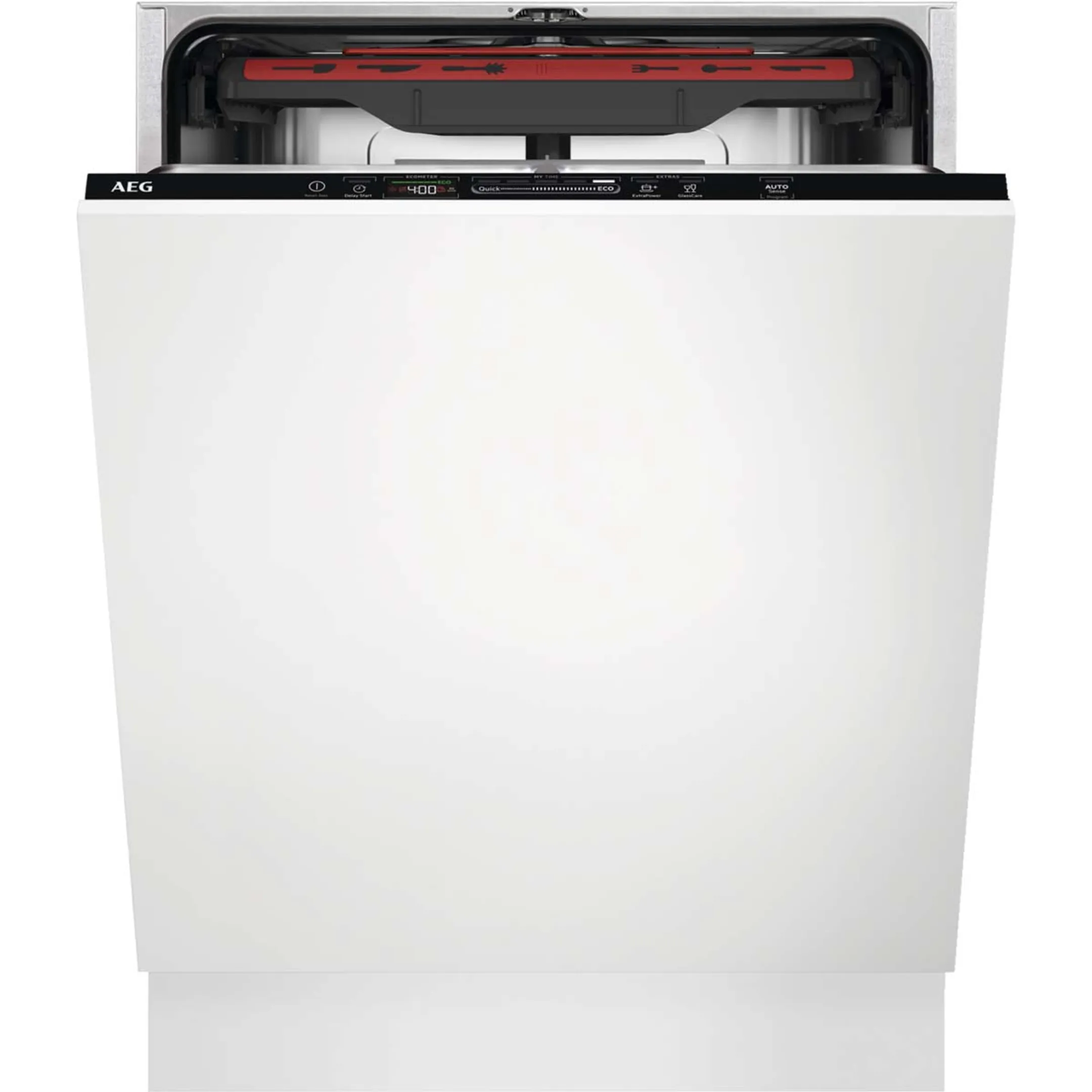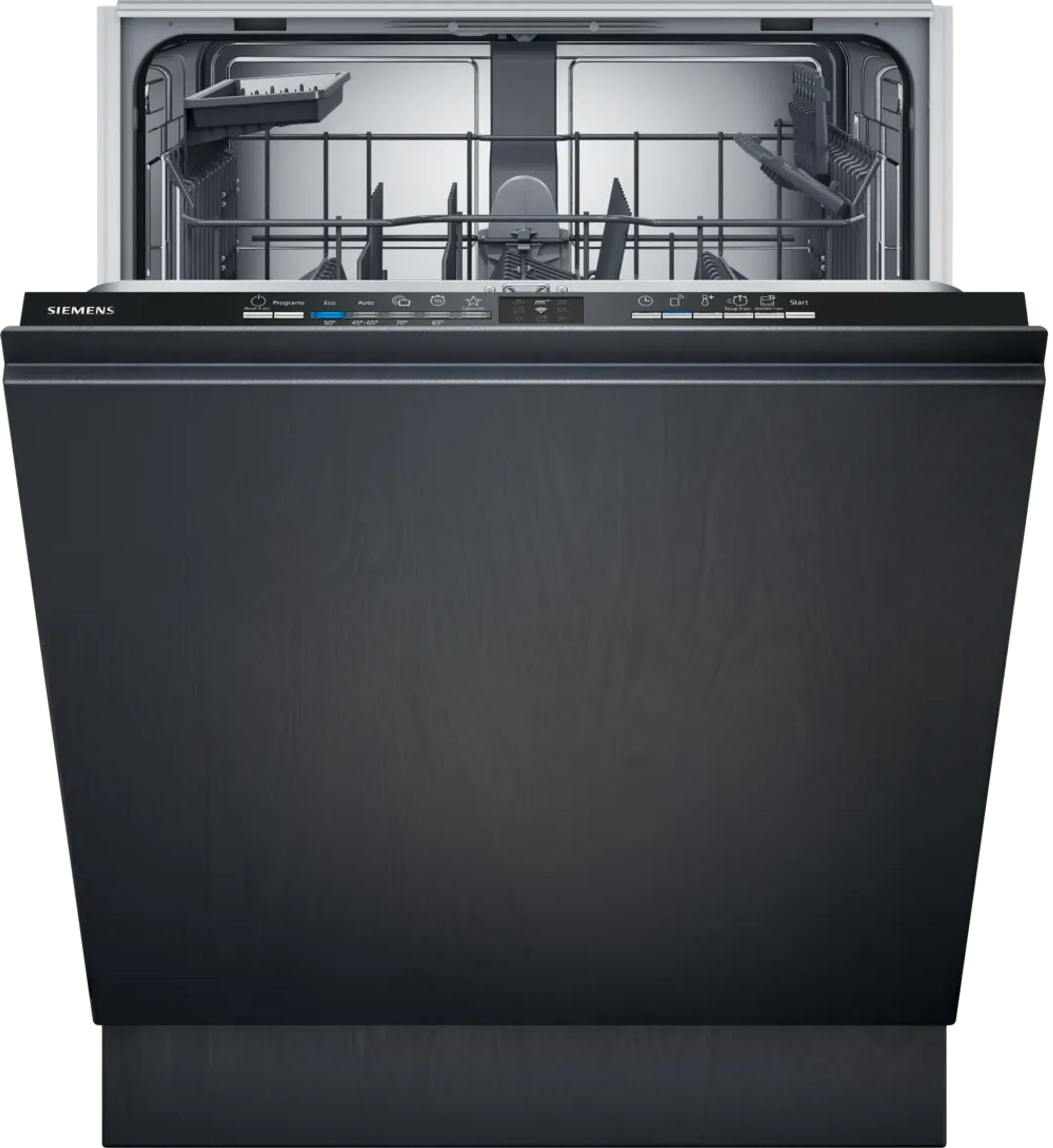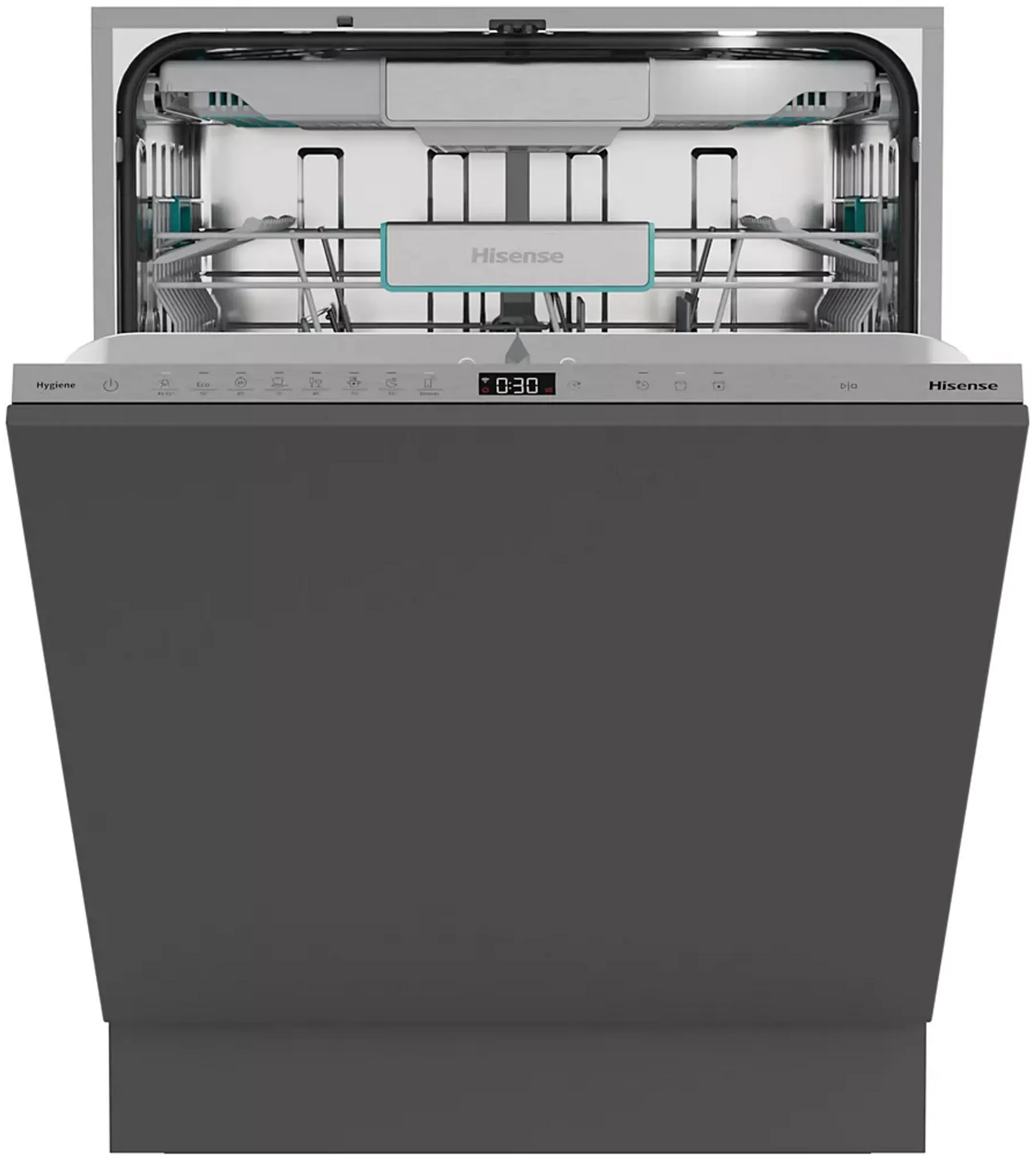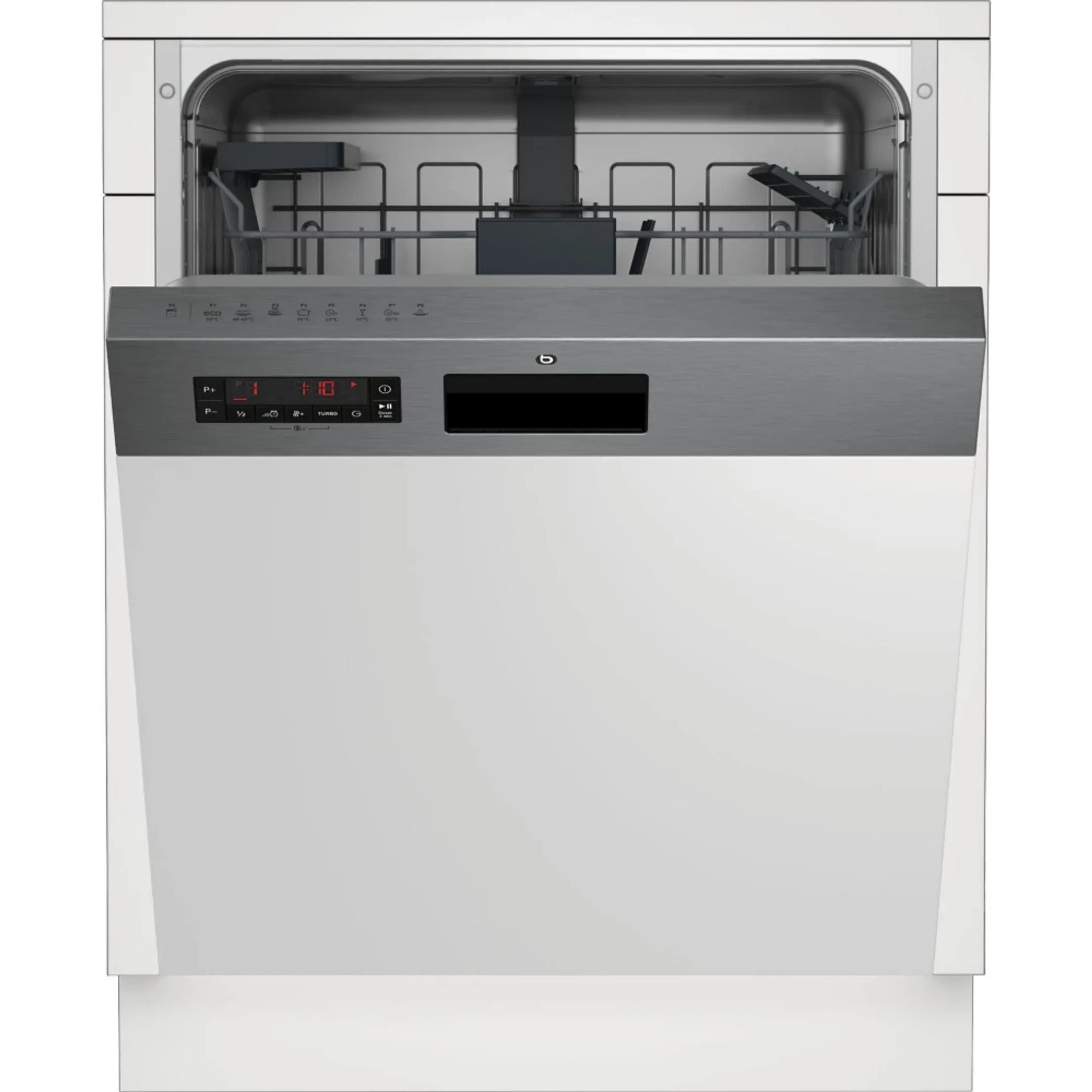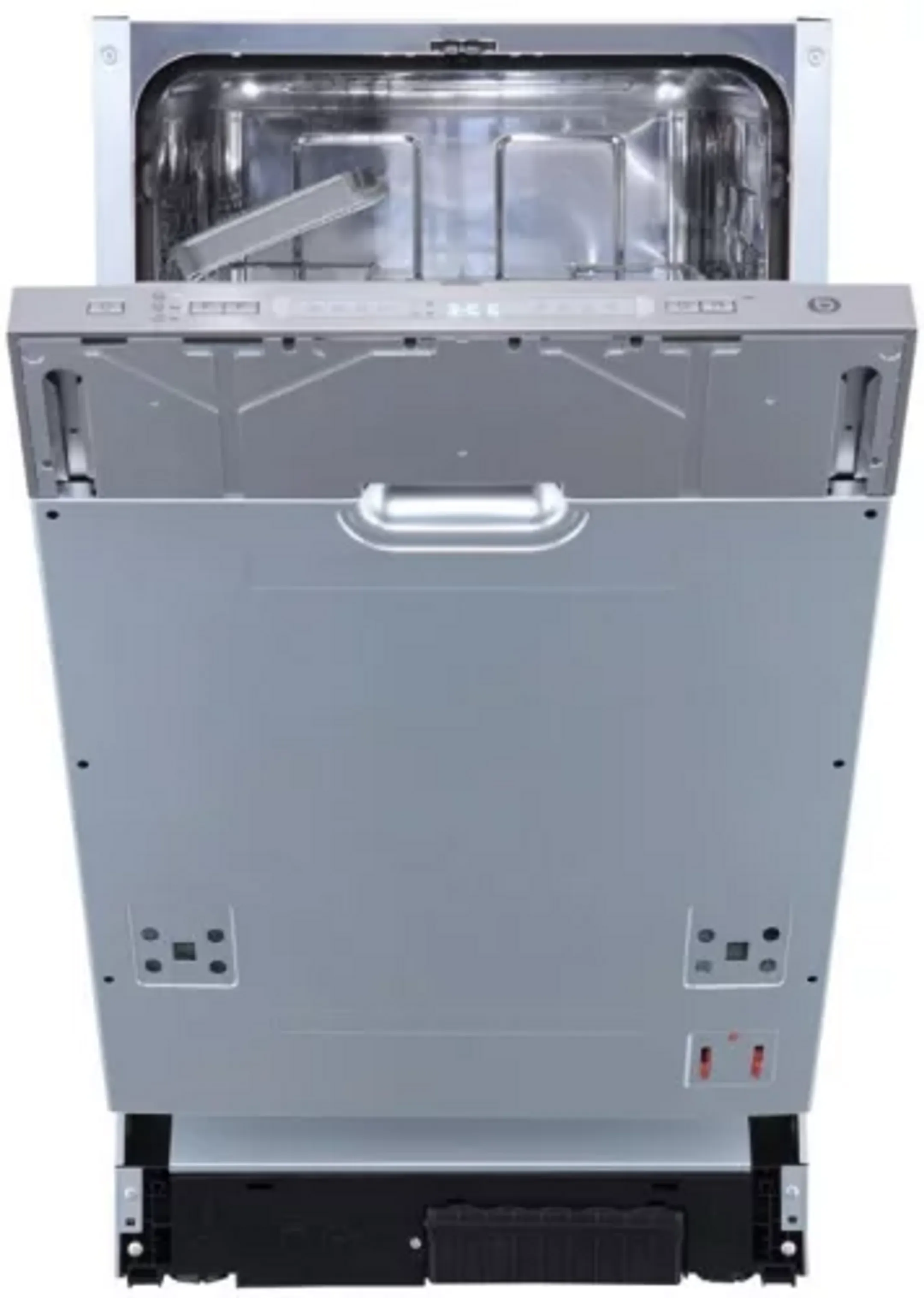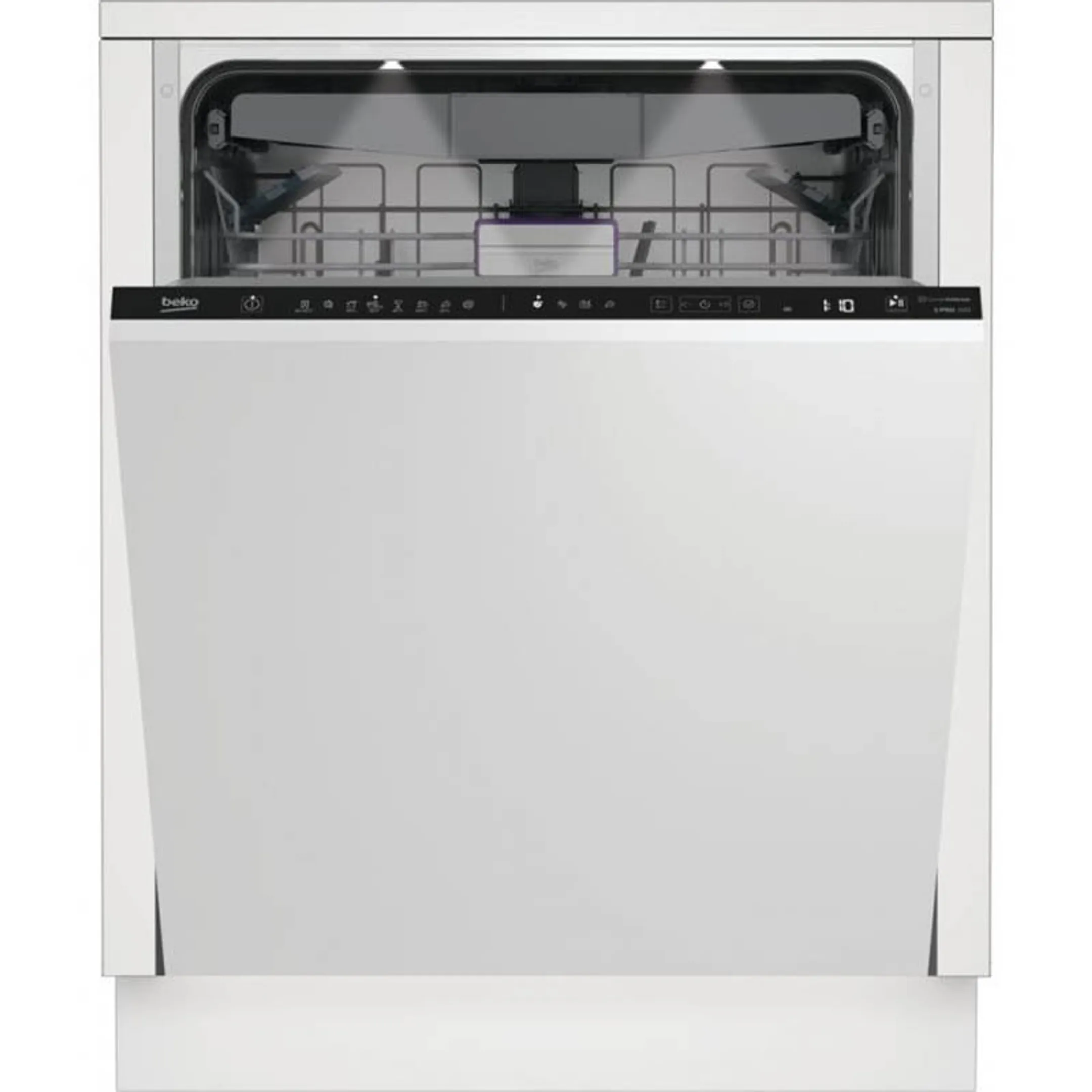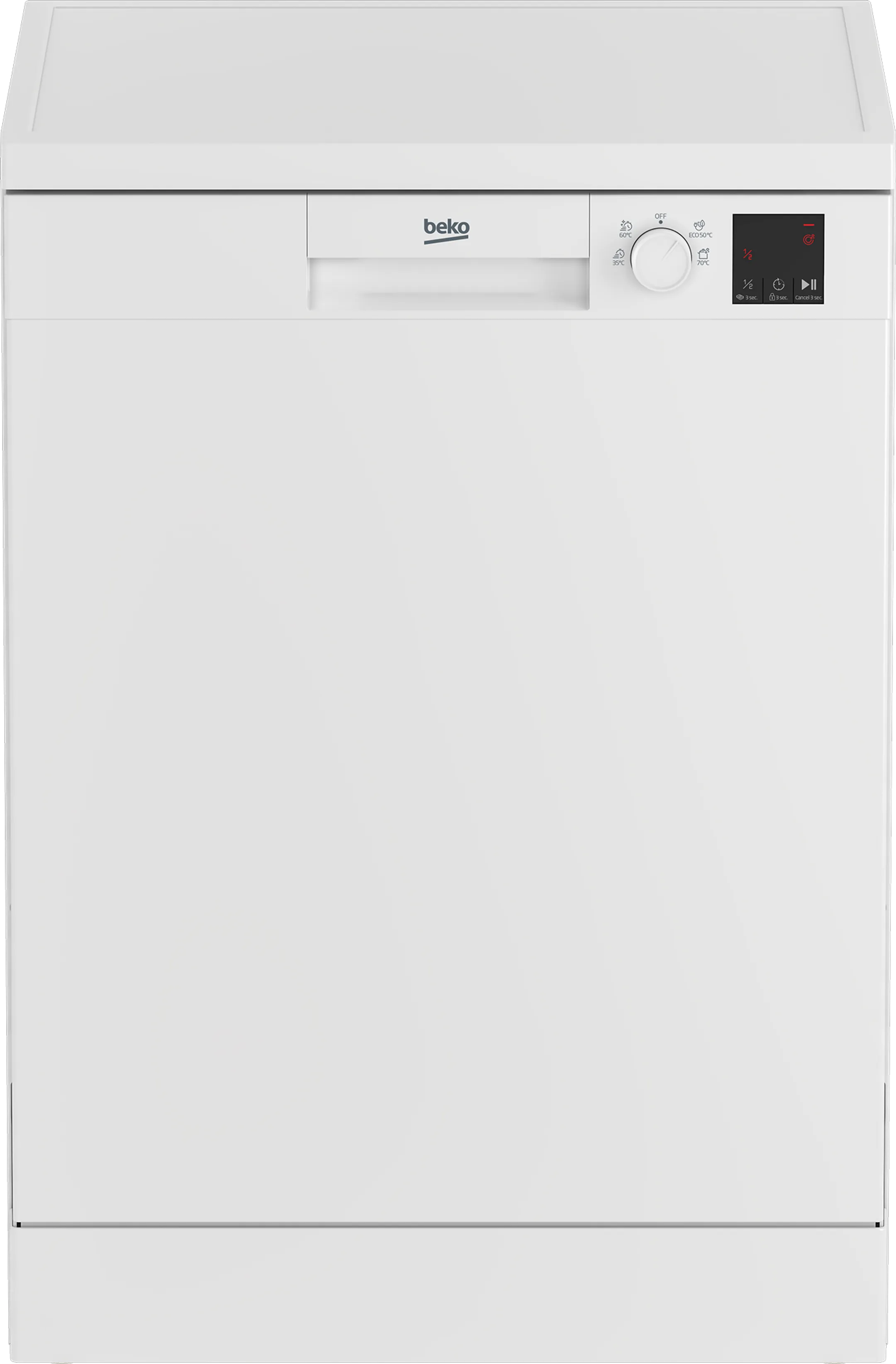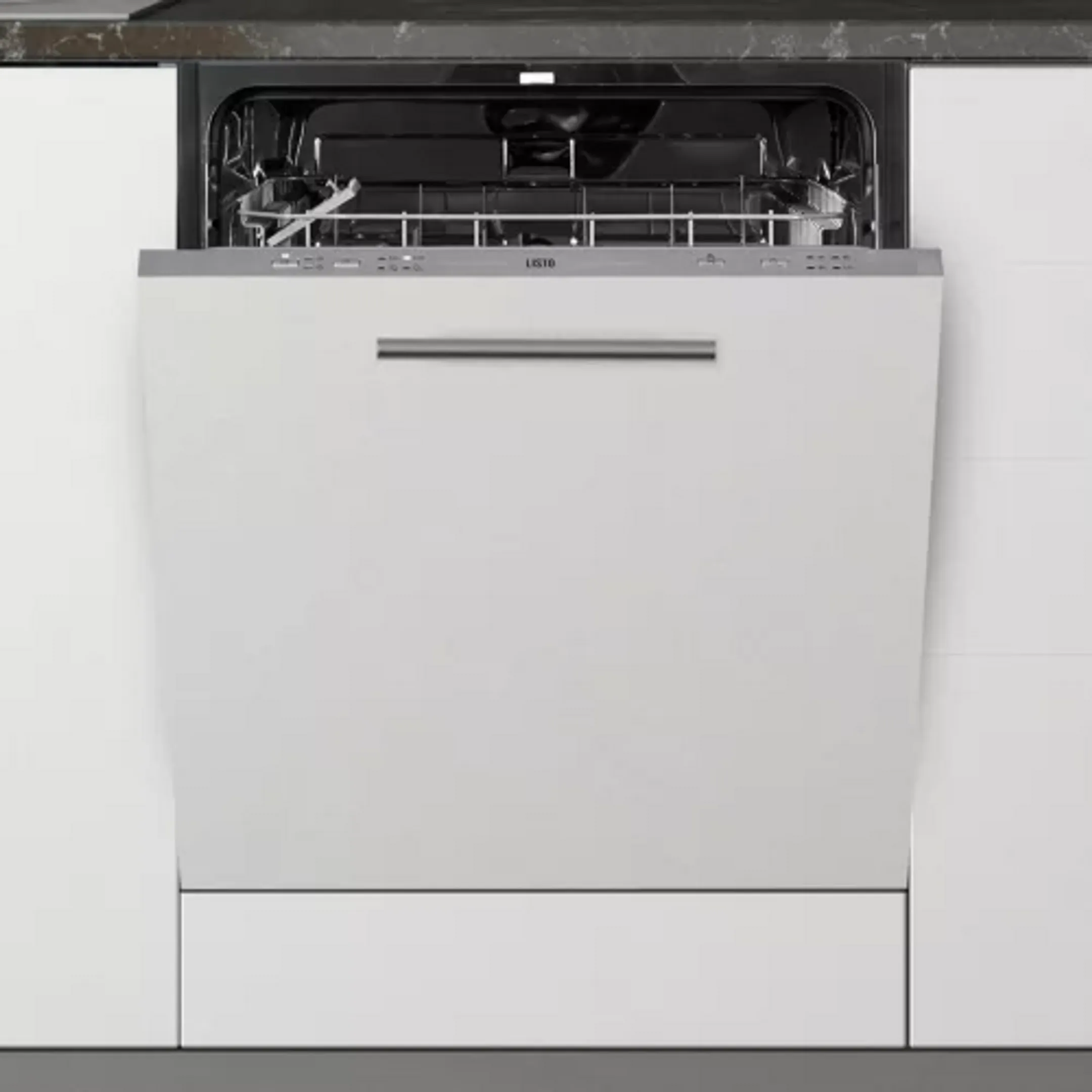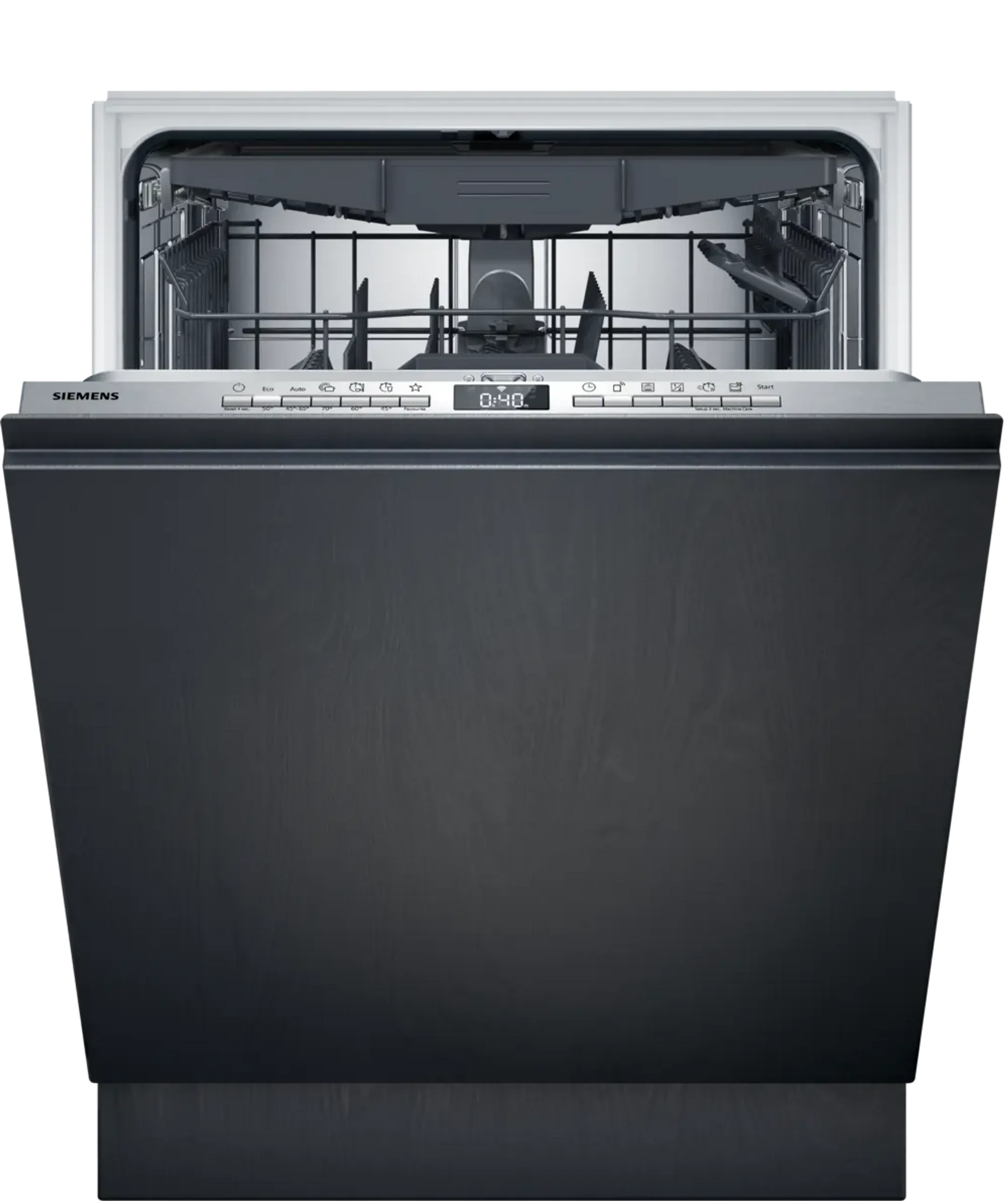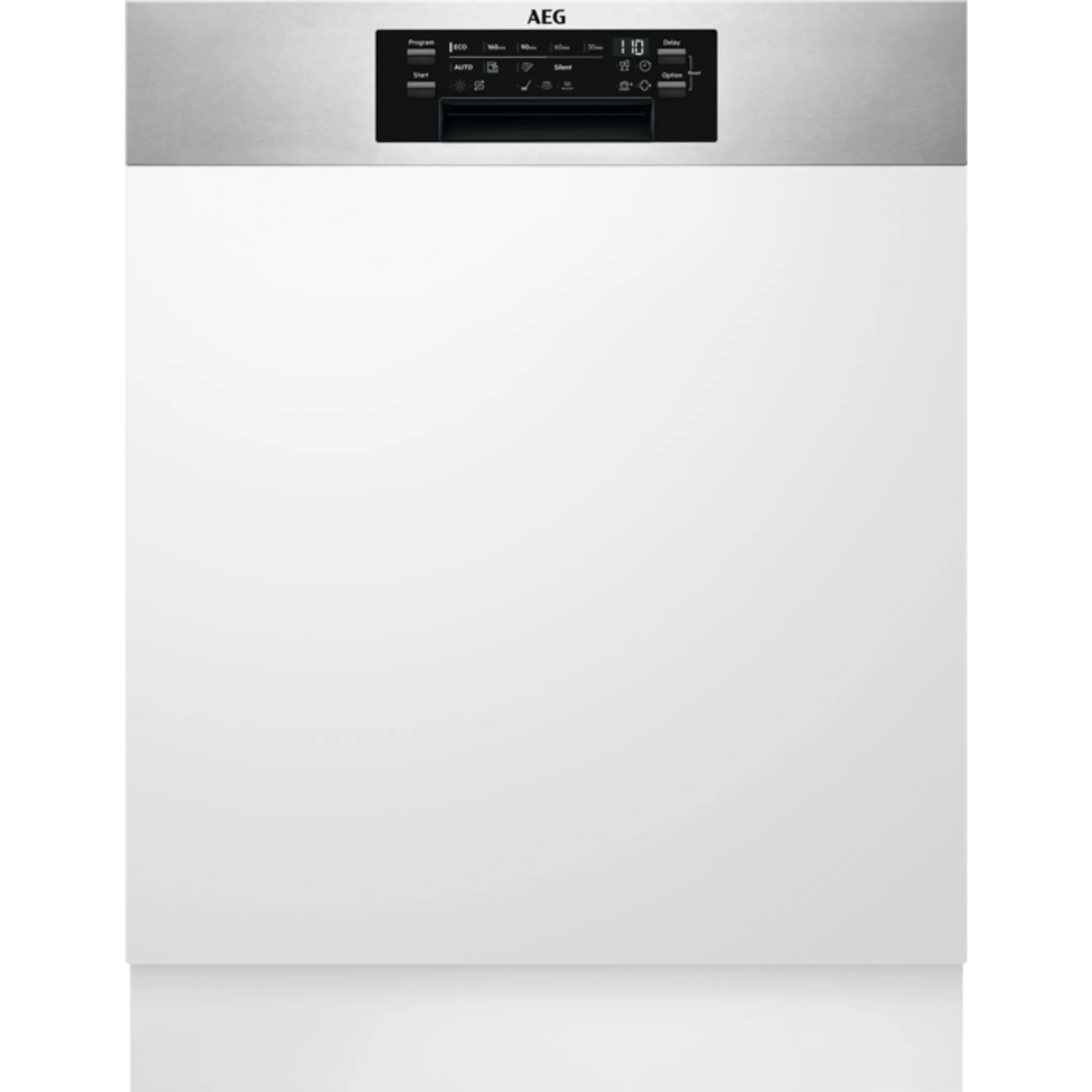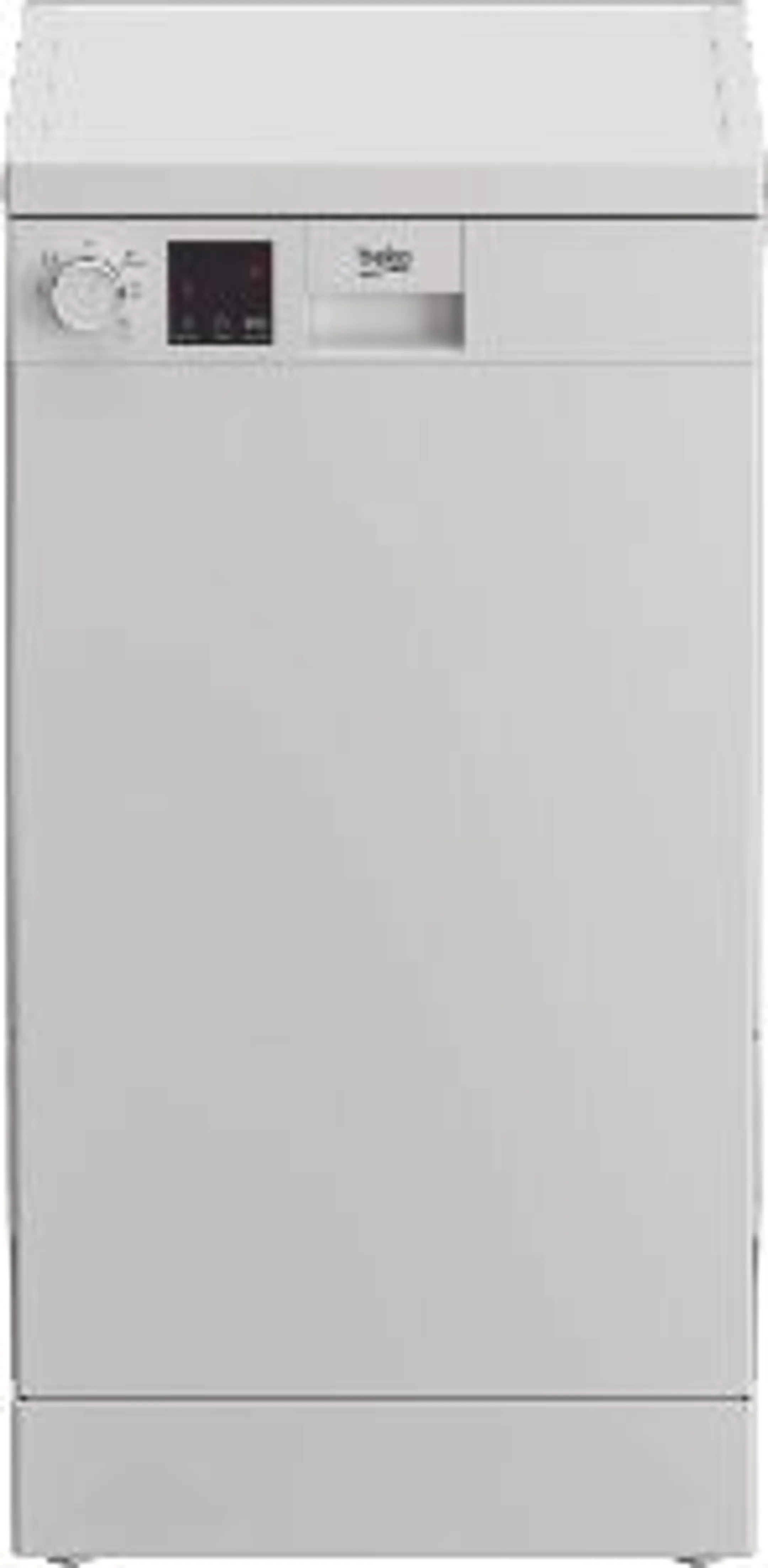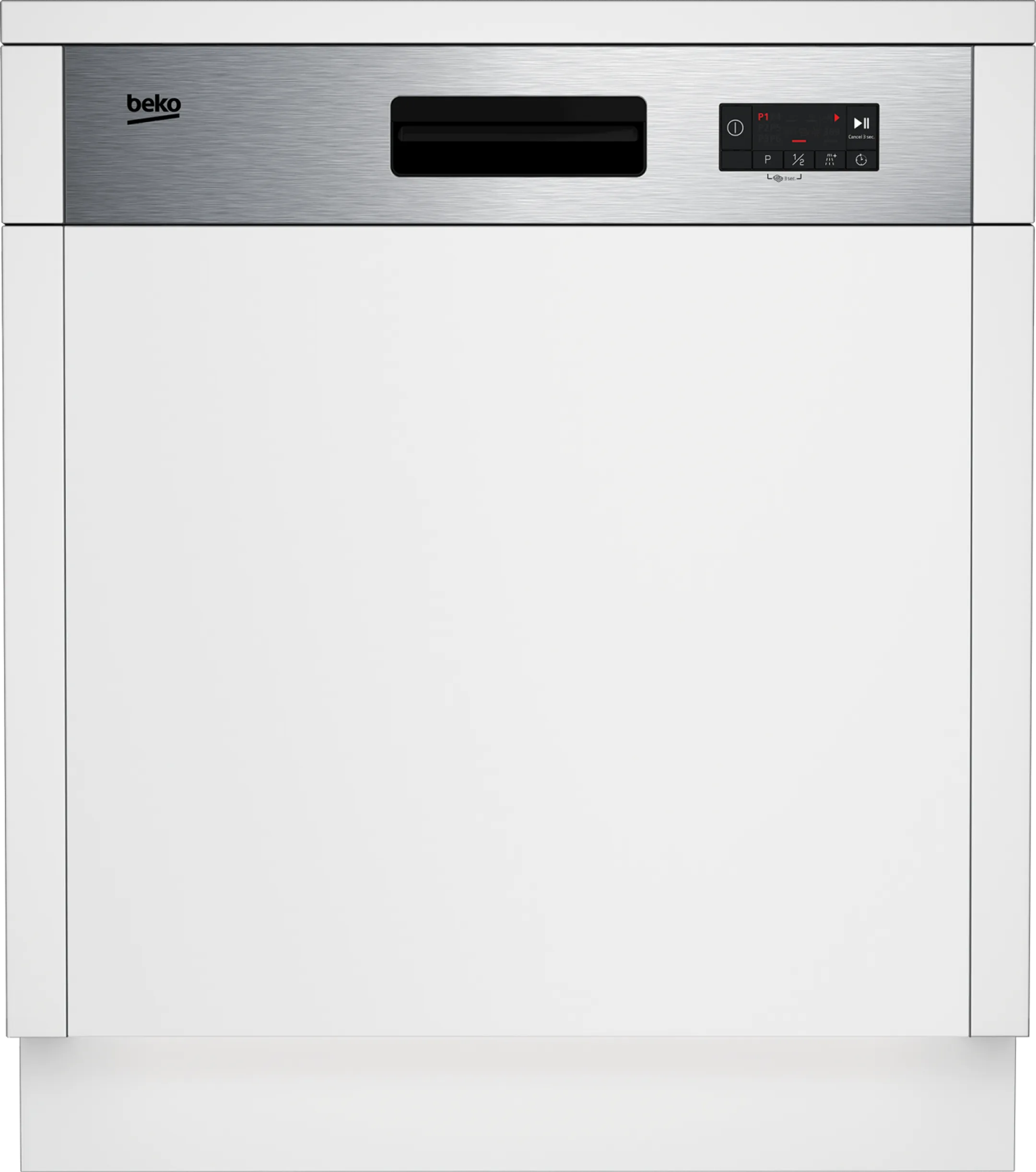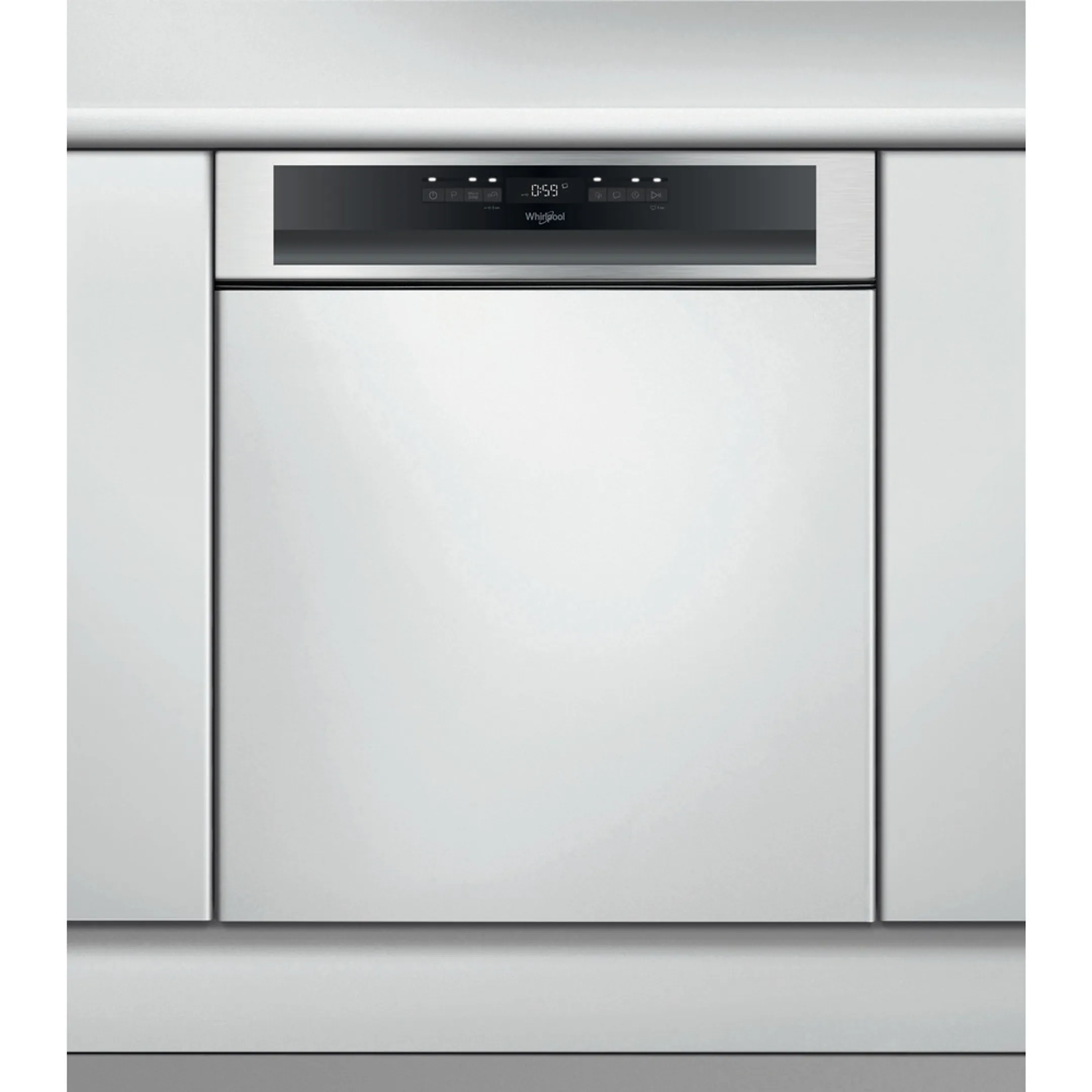How to maintain your dishwasher?
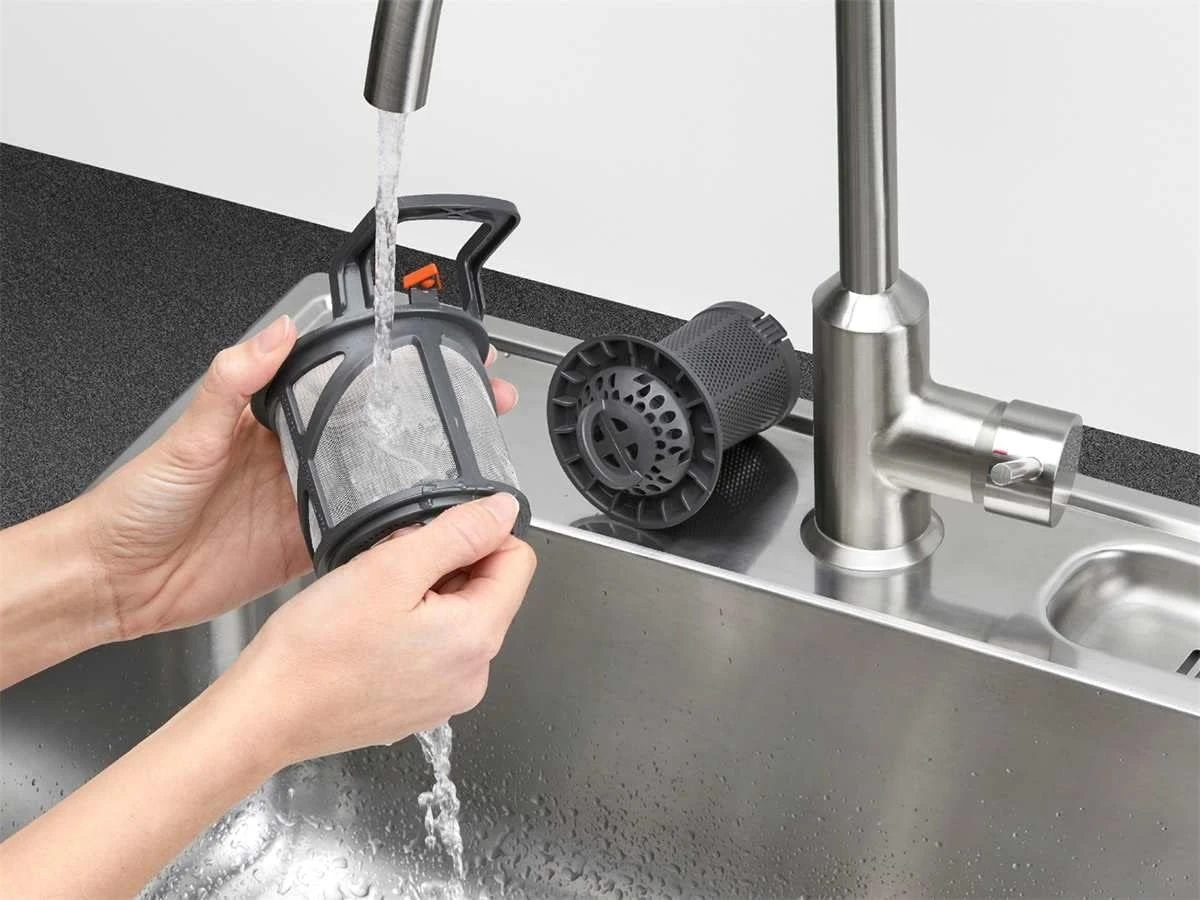
Filter cleaning
The dishwasher filter plays an important role in the cleaning process by trapping food debris and other particles that could obstruct the water jets. This filter is generally located at the bottom of the tank, under the lower rack. Regular cleaning is essential to ensure that your appliance works at its best.
Filter maintenance steps :
Removing the filter: Start by opening the dishwasher door and removing the baskets to gain access to the filter. Depending on the model of your appliance, the filter may be easy to remove or may need to be unscrewed.
Rinsing under warm water: Once the filter has been removed, rinse it thoroughly under warm water to remove any residue. You can use a soft brush to help loosen stubborn particles.
Inspection and cleaning: Take this opportunity to inspect the filter for any signs of damage or blockage. If necessary, use a small brush or an old toothbrush to thoroughly clean every nook and cranny of the filter.
Replace: Once you've finished cleaning, carefully replace the filter in its original position. Make sure it is correctly positioned and locked in place to prevent leaks during the next wash cycle.
A clean filter ensures optimum water flow through the wash arms, resulting in efficient washing results. Ideally, this cleaning should be carried out after each use, to extend the life of your dishwasher and avoid performance problems.
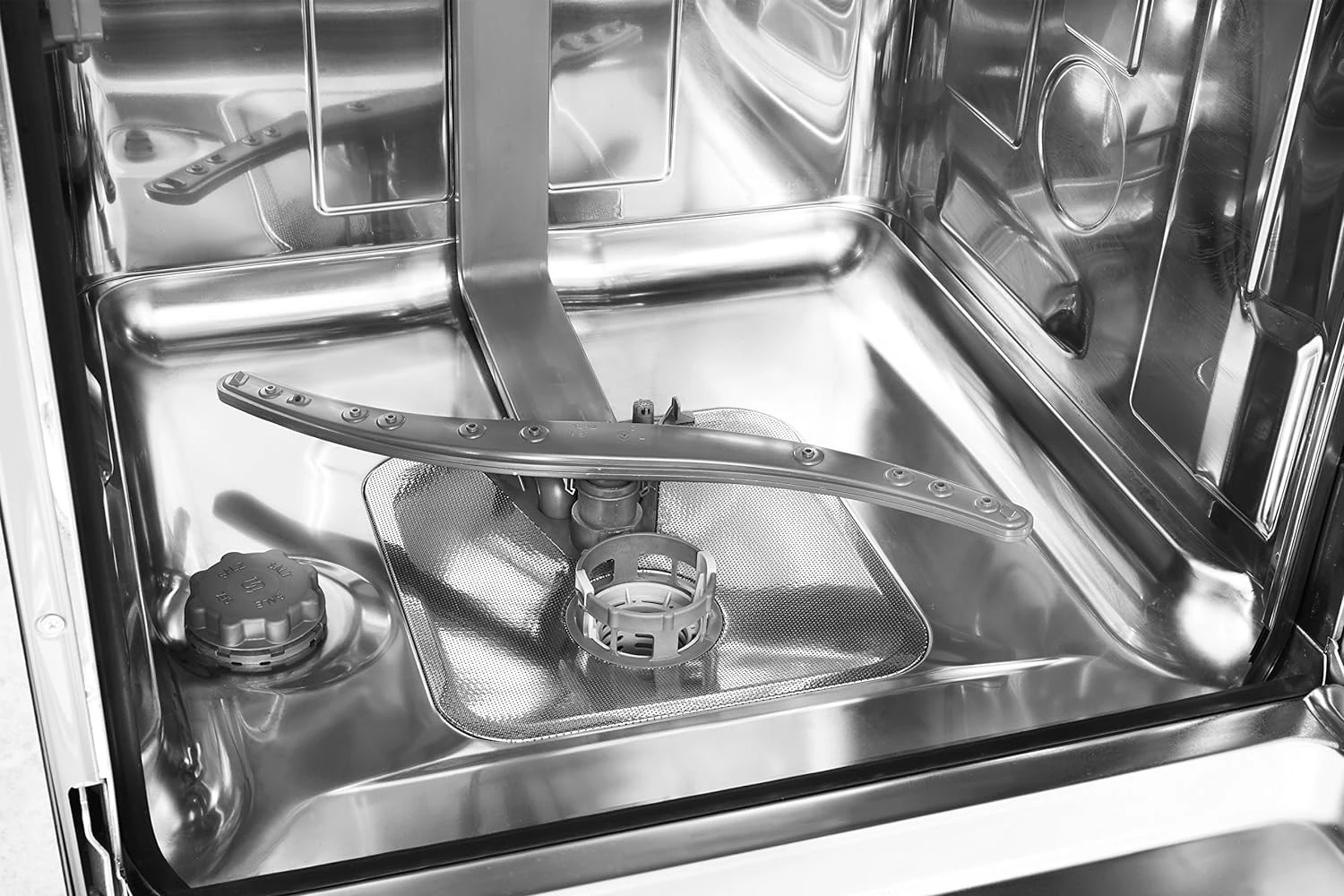
Unclogging wash arms
The dishwasher's wash arms are responsible for distributing water and detergent into the tank to ensure thorough cleaning of the dishes. It's important to regularly check that these arms are not clogged with food residues or other debris, as this can compromise washing efficiency.
Unclogging steps :
Visual inspection: Start by removing the dishwasher baskets to gain access to the wash arms. Visually inspect each arm for any signs of obstruction. Food residues can accumulate in the arm holes, making them less effective.
Deep cleaning: Use a soft brush, such as an old toothbrush, to thoroughly clean each wash arm. Insist on the holes and grooves to remove any debris. Make sure the arms are completely clear to ensure even water distribution.
Check holes: After cleaning, make sure all wash arm holes are clear. You can use a needle or toothpick to dislodge any residue trapped in the small holes.
Re-installation: When you've finished unclogging, return the wash arms to their original position and make sure they're securely fastened. Make sure they rotate freely and without obstruction.
Good water flow through the wash arms is essential for efficient dishwashing. By cleaning the wash arms and removing obstructions at least once a month, you'll optimize your dishwasher's performance and ensure impeccable washing results.
Our dishwashers range

Door seal maintenance
The rubber gaskets on your dishwasher play a crucial role in sealing the appliance and preventing water leaks. It's important to clean them regularly to remove food residues and prevent the formation of mould, which can impair the efficiency of the appliance and create hygiene problems.
Cleaning steps:
Visual inspection: Start by inspecting the door and seals for any signs of dirt, food residue or mould build-up. Areas to look out for include the edges of the door and the folds of the rubber seals.
Thorough cleaning: Use a damp cloth and mild detergent to thoroughly clean the door and seals. Concentrate on areas prone to dirt build-up, rubbing gently but firmly to remove all residues.
Tightness check: After cleaning, check that the rubber seals on the door are in good condition and provide a tight seal. Replace any damaged or worn seals to prevent leaks and maintain efficiency.
Thorough drying: After cleaning, be sure to dry the door and seals thoroughly with a clean, dry cloth. This will prevent the build-up of moisture and mould in the future.
Regular maintenance of your dishwasher's door and gaskets ensures trouble-free use and prolongs its life. By removing residues and preventing the formation of mold, you ensure optimum performance from your appliance while maintaining high standards of hygiene in your kitchen.
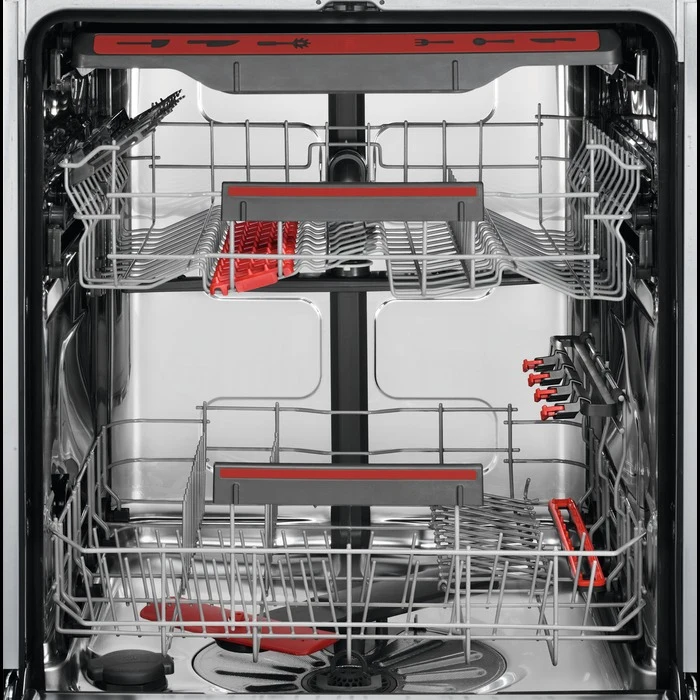
Tank descaling
Scale build-up in the pipes and internal components of your dishwasher can compromise its washing efficiency and cause limescale problems. Regular descaling is therefore essential to maintain appliance performance and extend its life.
Descaling steps :
Identification: If your dishwasher shows signs of limescale, such as white spots on the dishes or a visible deposit inside the appliance, it's time to descale.
Product choice: Choose descaling products specially designed for dishwashers. Avoid abrasive or harsh detergents that could damage the appliance's internal components. Prefer products recommended by the manufacturer.
Product application: Follow the manufacturer's instructions for use of the descaling product.
Start a cycle: Then start a high-temperature vacuum wash cycle. The descaler will mix with the hot water and dissolve scale and lime deposits.
Final rinse: Once the cycle is complete, open the dishwasher door and let the appliance air dry. An additional rinse cycle is recommended to remove any product residue.
Regular descaling prevents limescale build-up in your dishwasher, maintaining its washing efficiency and extending its life. By carrying out this operation several times a year, you guarantee optimum performance from your appliance and sparkling dishes after every wash.
Choosing a built-in dishwasher is not just about comparing features: taking the right measurements is essential to ensure a smooth installation and perfect integration into your kitchen. By considering dimensions, layout constraints, and technical specifications, you guarantee yourself a practical, aesthetic, and high-performance appliance for daily use.
Once your dishwasher is installed, proper maintenance is just as important to extend its lifespan and optimize its efficiency. Discover our tips in our guide how to maintain your dishwasher? to ensure optimal performance and prevent breakdowns!
Updated on December 8, 2025

